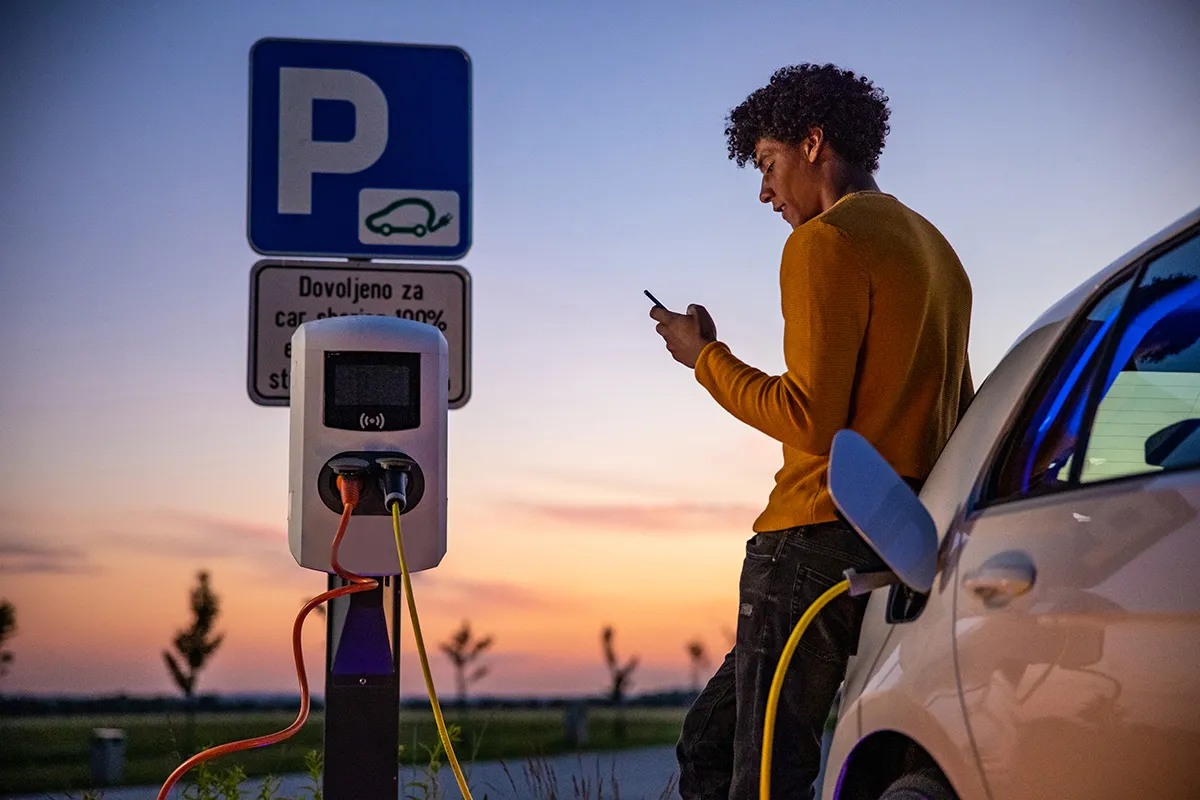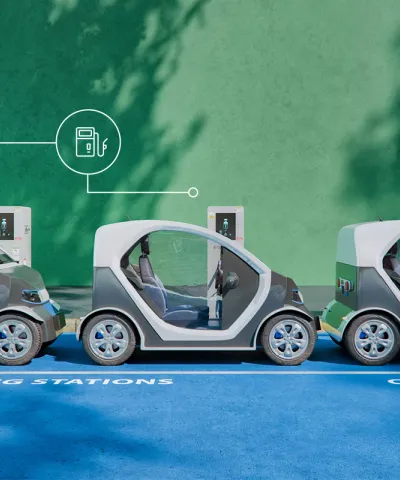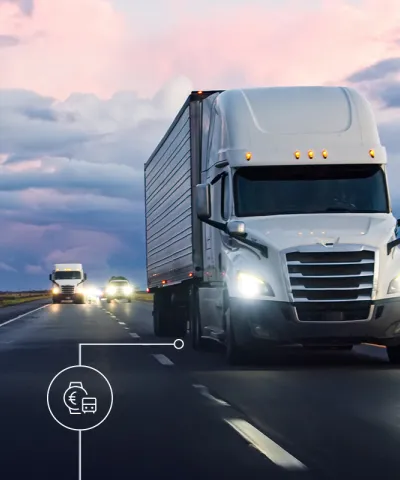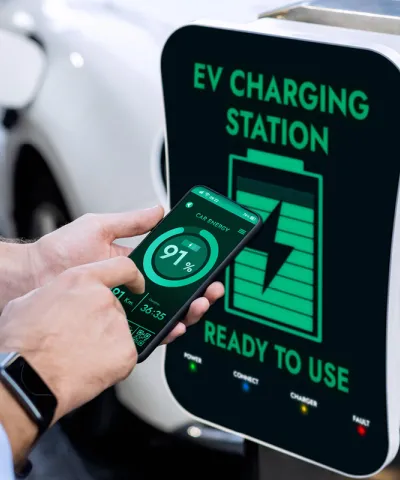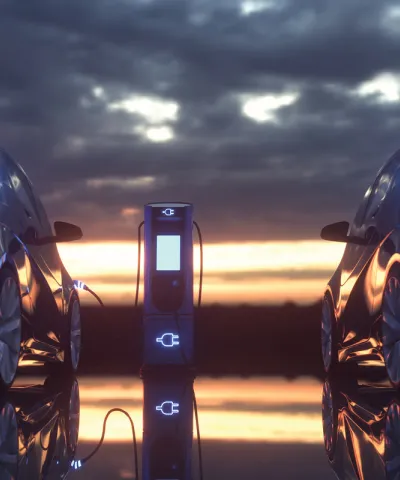The market for electric vehicle (EV) batteries is expanding rapidly. As demand continues to rise, it’s time to examine the value drivers and make the right investments.
Demand for electric vehicle (EV) batteries is increasing alongside the growth of the EV market in the US, Europe, and China. However, raw material shortages and supply chain issues present key challenges.
The EV battery landscape today
Three core issues afflict the battery landscape today – complex geopolitical challenges, extraction capacity of the mining industry, and environmental issues. It’s hard to estimate future supply and how the growing demands of the EV market will be met.
The lithium-ion battery is the leading choice for battery manufacturers in the market. There is a supply shortage negatively impacting battery materials, especially lithium, leading to the increasing cost. In 2022 compared to the previous year, there was a 7 percent price increase of lithium-ion battery packs. The volume-weighted average prices for battery packs reached $151/kWh.
The lack of upstream raw materials will impact OEMs and battery manufacturers. Businesses may need to hold back on planned expansions. And as the prices of critical battery metals increase, OEMs will have to contend with the prospect of shrinking profit margins.
With the battery taking up 30‒40 percent of the total vehicle cost, many OEMs and suppliers are right to be concerned. Can a battery’s value be unlocked through price?
Market challenges and innovative solutions for EV batteries
At Simon-Kucher, we look at value through the eyes of the customer. Through expert interviews, end customer surveys, and market research, we looked at what customers expect from an EV battery. From their perspective, a high-quality EV battery offers longer driving range, quicker charging time, and is cost-effective.
Range is the primary factor for EV customers…
… and is one that is heavily and frequently analyzed. According to our Global Automotive Study 2022, customers typically want more than 500 km of driving range from their EVs. Customers in the US and France want their EV range to be around 600 km. Meanwhile, buyers from Japan, Mexico and Italy expect a smaller minimum range of below 450 km on average. Currently the average range of an EV is 342 km – certainly has a gap with customer expectations.
And what innovations are available to address this challenge? Along with using advanced materials, battery manufacturers are also developing lightweight battery packs. CATL’s cell-to-pack technology, and BYD and Tesla’s cell-to-body concept optimize space and improve range by integrating the battery with the car structure. Meanwhile, OEMs are offering regenerative brake function to extend range by recovering the kinetic energy lost during braking. This function helps increase the driving range by 10‒15 percent.
Charging time is one of the biggest issues for consumers.
It takes less than five minutes to fuel up an ICE vehicle. If the EV industry is to be competitive, it must deliver a relatively more viable charging time. At present, the fastest chargers take 20 minutes to an hour for an 80 percent battery charge.
An EV battery charges faster when the internal resistance is low. Tesla’s 4680 battery has a low internal resistance allowing faster charging and more power for a longer time. Higher voltage also helps batteries charge faster. While 400-volt systems are more common in the EV landscape, more OEMs are introducing EVs with 800-volt architectures, including the Porsche Taycan. Xpeng's 800V models allow 480-kilowatt fast charging and can refill range by 200 km in five minutes.
Preventing battery degradation and encouraging better charging habits is key.
EV batteries are low maintenance. With the right upkeep, they are estimated to last between 10‒20 years before they need to be replaced. But the high cost of battery replacement leads many consumers to question EV battery longevity and care.
It’s important for OEMs to encourage customers to care for their batteries properly. For example, to avoid undercharging or overcharging the car battery, to warm up the car beforehand in low temperatures, and to park their EV inside a garage when left for longer periods. But improving battery performance from the customer side seems to be rather difficult, and customer charging habits can seem uncontrollable.
Still, some OEMs have found ways to influence their customers. First, at the sales stage, when a customer completes the purchase, they can be given a guide on how to optimize battery use. In this step, we found that 15 percent of customers will adapt to the new charging habits.
After a few weeks of driving, the customer then receives a push on optimized battery usage through the mobile app. Here, another 15 percent of customers adapt to the recommended charging method. OEMs can also help by putting a stop to high voltage battery charging for long periods. For example, Tesla’s Supercharger prevents batteries from fast charging at a high power continuously and will only charge at a high power when the battery charge is low.
Are EV batteries really the most sustainable choice?
Although EVs are considered the greener option, mining for battery raw materials has serious consequences for the climate. There are also questions surrounding the ethics of sourcing battery materials, as well as increasing concerns about battery disposal. With sustainability a growing priority among customers, especially those who opt for an EV, OEMs must prepare for sustainable waste management and recycling now.
The circular battery value chain is a step in the right direction, with OEMs taking important steps to recycle end-of-life batteries. Volkswagen has a factory for recycling EV batteries with plans to reuse the raw materials. Along with full ownership options, Renault also provides battery leases. Meanwhile, Tesla is reported to be working on a blockchain platform. This system is a sustainability effort that enables users to trace the journey of the raw material from the mine to the end-product.
EV battery pricing: What are end customers willing to pay?
Our Global Automotive Study 2022 and additional project research show that there are three critical components that affect an end customer’s willingness to pay: range, charging time, and ESG (though there are not many greener alternatives, and willingness to pay for sustainability is hard to quantify). Here are our findings:
Willingness to pay for EV range
We found that customer benefit increases significantly when the critical threshold of 500 km real-world range is exceeded. After the critical tipping point of 500 km real-world range is reached, willingness to pay increases significantly.
This also differs by customer segment. Our results indicate that customers who have a focus on performance and exclusivity have a higher willingness to pay than other customer groups. For high-performance EV batteries, we determined the willingness to pay per kilometer of WLTP range lies between 60 and 90 euros.
Willingness to pay for faster EV battery charging
This can be tricky to calculate for multiple reasons:
Willingness to pay for charging while on the road (e.g., on highways) will remain limited as long as there are no significant improvements in time savings. Current metrics for measuring willingness to pay for charging speed, such as “xx minutes for charging from 5%/10% to 80%” do not reflect end customers use cases and are flawed as:
- No one would wait till their battery drops to 5 percent or even 10 percent – most would charge their cars at 20 percent or more
- This metric does not factor in battery capacity
A more intuitive way of measuring willingness to pay is to look at how much mileage is covered with a 10-minute charge – a figure constantly brought up during our expert interviews. When charging times for EVs drop below 10 minutes, we see willingness to pay start to increase. Our market research showed that, for high-performance batteries, end customers’ willingness to pay per kilometer of added WLTP range in 10 minutes of charging time lies between 15 and 25 euros, depending on segment.
Willingness to pay for sustainability
The importance of sustainability and ESG is always echoed loud and clear, and our Global Sustainability Study shows that there is a high willingness to pay for greener alternatives. However, this is hard to quantify as customers currently don’t have the option for a “more sustainable” EV. We explore this topic in more detail in our upcoming article:
EV batteries: the sustainability journey is just beginning
Using our extensive research, we have developed a framework to help OEMs in pricing their EV batteries. This framework covers how individual OEMs can determine the value of range, charging time, and other relevant aspects of the battery for their specific customer segments. Reach out today for more information!
Source: Simon-Kucher
This graph represents value-add of a high-performance EV battery from an end customer perspective. The lower end of the range is typical of mainstream markets while the range’s upper end is indicative of high-demand customer segments. Values may differ across markets. Our experts can provide further information on the framework behind the graph.
Getting ahead of the EV battery curve
EV batteries are critical to the EV industry. The increasing demand for EVs further highlights the growth opportunities for OEMs and suppliers to monetize EV batteries for their true value.
Customers are ready to pay for better EV batteries – whether it’s for range, charging time, or lifespan. Why not take advantage of the significant opportunities now? Our team of experts can help you find data-driven pricing strategies for all your customer segments.
If you are looking for the right partner, reach out to us today.
